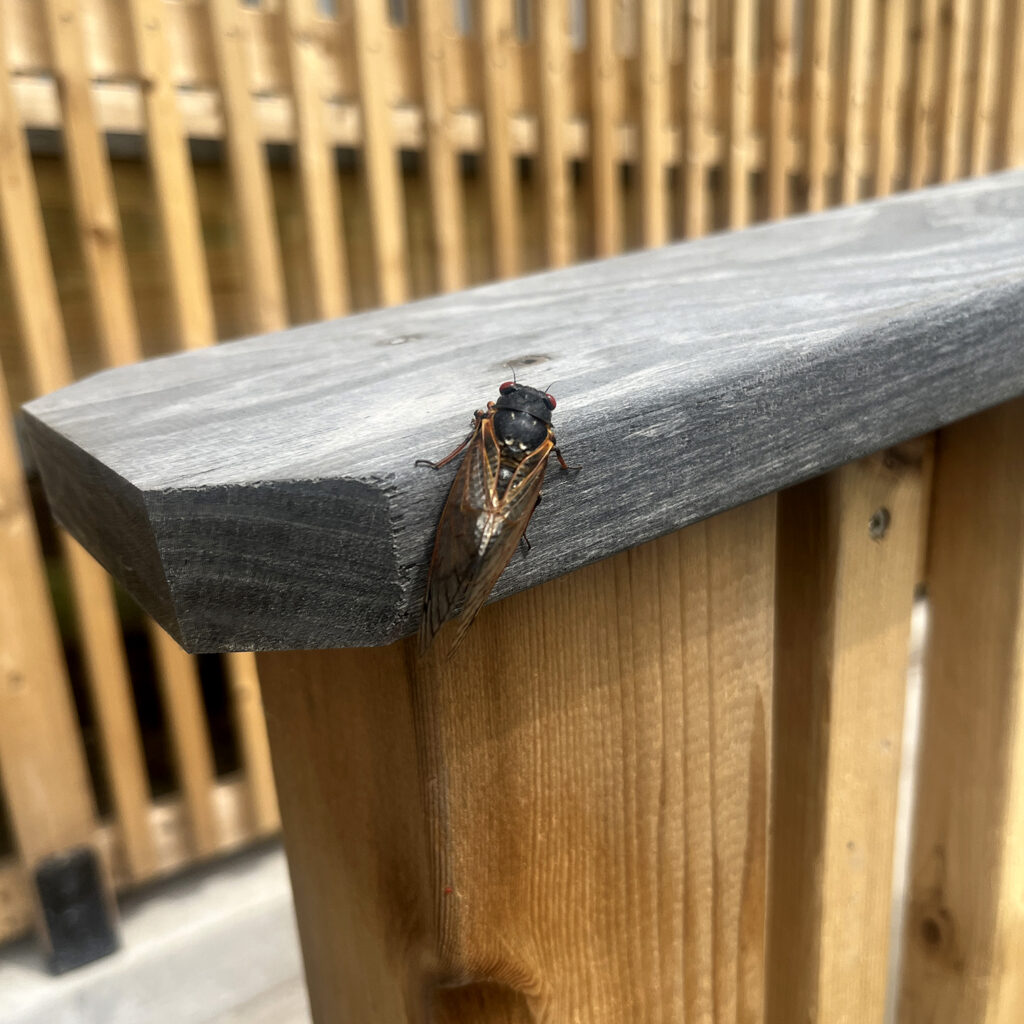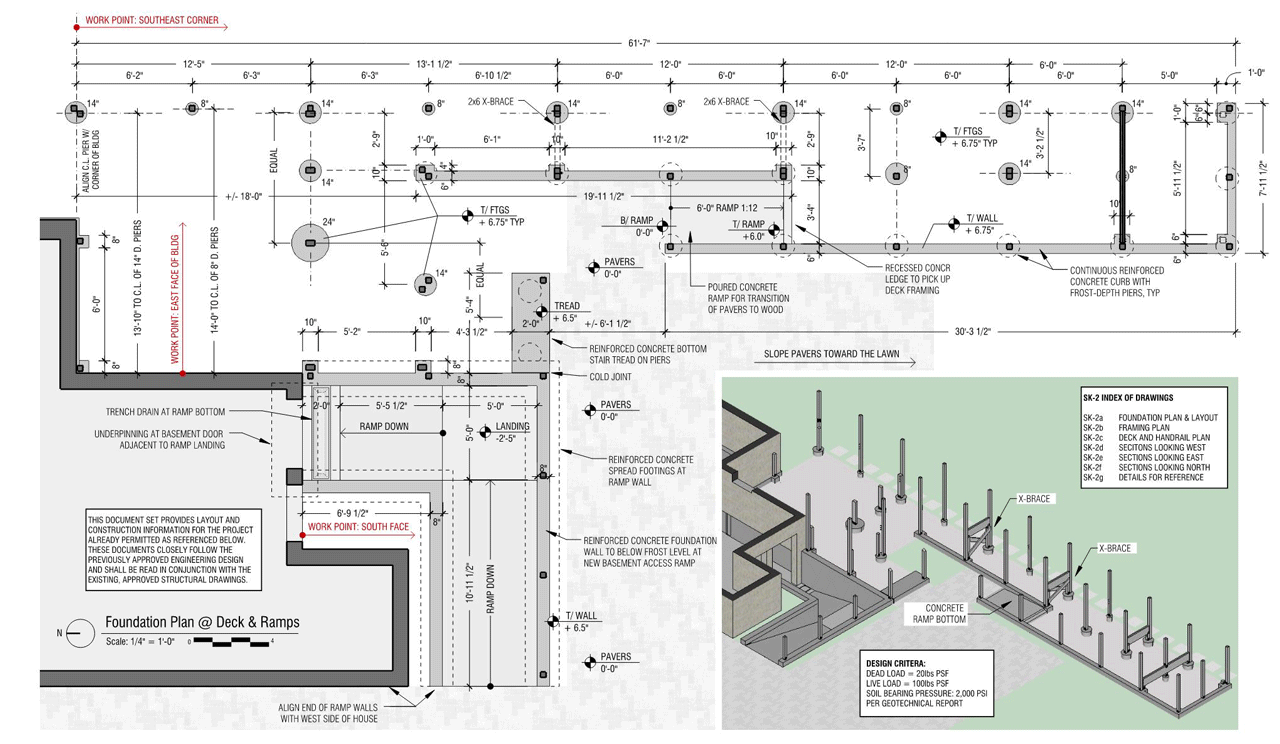The Frank Lloyd Wright Trust is a not-for-profit organization that owns and manages important Wright-designed buildings, most notably the architect’s Home and Studio property in Oak Park, where Wright lived and worked from 1889 through 1909.

The property has historically consisted of Wright’s Home and Studio (above, 1889-1911) and the John Blair House (c. 1866) immediately to its east, at 931 Chicago Avenue. Wright purchased the Blair house for his mother, Anna, who lived there until 1911.

In the image above, taken by Grant Manson in 1939, the Blair House is on the left with the Home and Studio at the right. In 2017, the Trust acquired another home, just east of the Blair House, located at 925 Chicago. This classic Italianate farmhouse was completed sometime around 1880.

As part of the Trust’s plans to expand and modernize the Home and Studio property, 925 Chicago will be renovated to serve as the new home for the Trust’s archives. This new Learning Center will feature spaces for study and research as well as meeting rooms, private offices and secure, conditioned document storage.

The project preserves the historic exterior appearance of the house through restoration of the front porch, roof, windows and siding. In back, a new public entrance, including a generous deck, ramp and paved patio was created to provide an accessible route into the building and a flexible space for outdoor gatherings.






